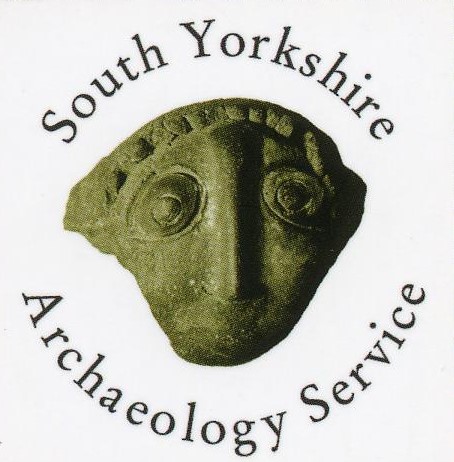An asset may provide evidence about past human activity in the locality, which may be in the form of buried remains, but may also be revealed in the structure of buildings or in a designed landscape, for instance. Although archaeology is most commonly thought of in terms of excavated sites, archaeological interest can apply to any asset, as a whole or in part, which contains information about its past owners, occupants or users. As well as buried remains, this includes for example, timber framing in buildings, preserved garden layouts, gravestone designs and historic graffiti, etc.
When deciding if your nominated asset has archaeological interest, think about what it could tell us about people in your local area's past. Does it contain or is it associated with direct evidence to help us understand those people, in the form of artefacts, original structures or internal features, evidence of particular activities or events? It may be that the asset is described in contemporary and historic written accounts, images (photos, engravings, paintings etc.) or mapping, all of which is useful information to include in your nomination.
Here are the Archaeological Interest criteria for each asset type:
Buildings/Structures - Does the asset contain significant original building fabric and/or authentic features that would help us to understand its past development and use? Does other such evidence survive, e.g. artefacts from use of the building, or contemporary or historic written, drawn or photographic records?
Parks, Gardens and Designed Landscapes - Does the asset have potential for archaeological evidence to survive for earlier phases of design or associated structures, that would help us understand its historic development? Does other such evidence survive, e.g. contemporary or historic written, drawn or photographic records?
Archaeological Sites - Could the asset hold evidence to help us understand the lives or culture of people in a particular period of the past, or help us understand a particular former activity, e.g. does it relate to a significant theme identified in the South Yorkshire Historic Environment Research Framework (see https://researchframeworks.org/syrf/)?
Commemorative Monuments/Memorials/Statues - Could the asset provide insight into past human activity? (May not be relevant to this asset type)
Places/Areas - Does the place have the potential to contain evidence that would contribute to our understanding of, and appreciation of, the historic development of an area?
